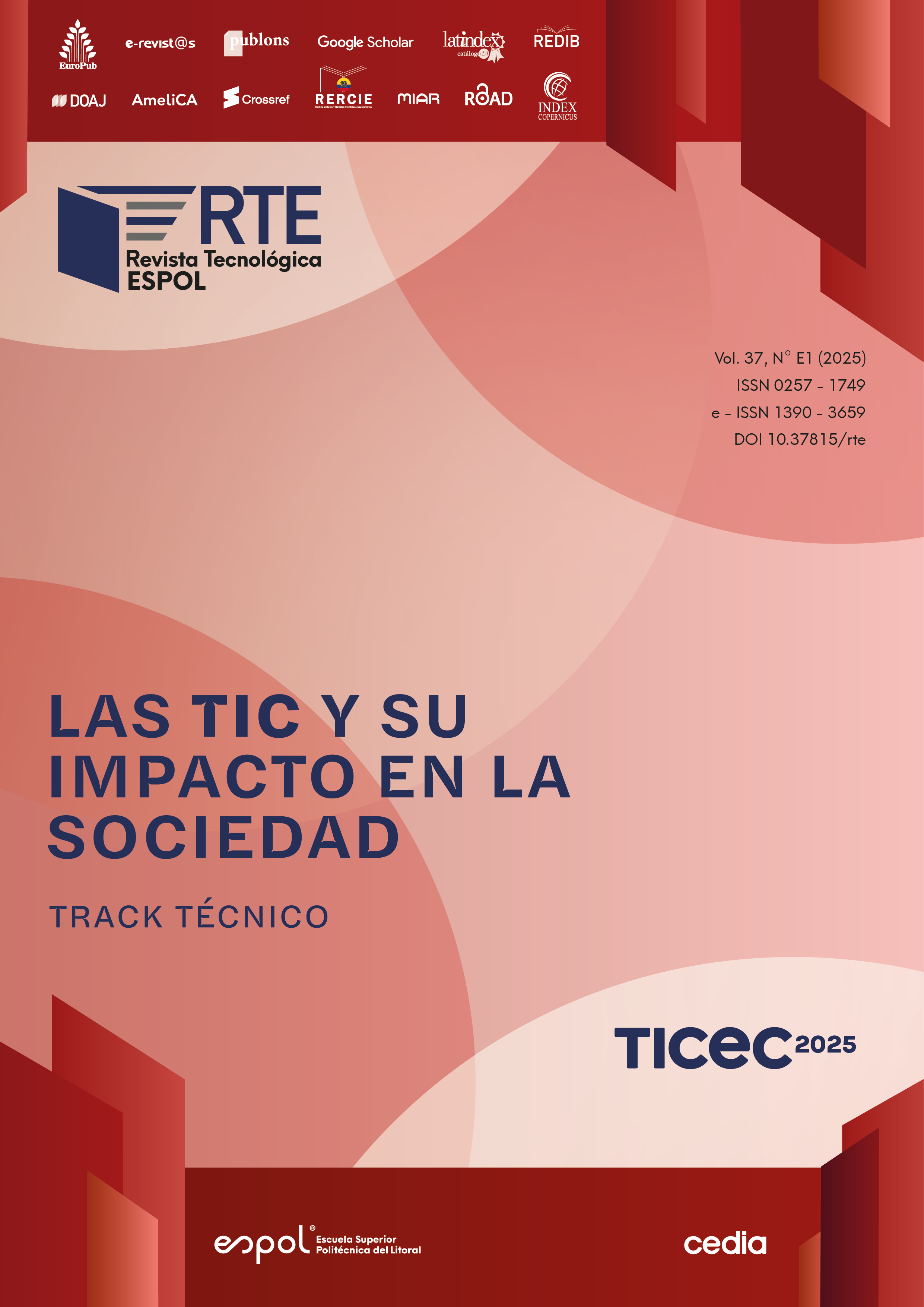Este artículo presenta el desarrollo de una solución tecnológica basada en procesamiento de imágenes para la digitalización inmersiva del Bosque Protector Murocomba, ubicado en la provincia de Los Ríos, Ecuador. La propuesta integra el uso de una cámara 360° para la captura de imágenes esféricas de alta calidad, que fueron procesadas digitalmente con el fin de optimizar su nitidez, corregir imperfecciones y facilitar su integración en un entorno virtual interactivo. Como parte del sistema, se implementó un modelo de inteligencia artificial con arquitectura YOLOv8, entrenado para detectar especies vegetales presentes en los senderos del bosque. Estas detecciones se incorporaron a una aplicación web que permite a los usuarios explorar el recorrido de manera remota, interactuar con el contenido e identificar la flora del lugar sin necesidad de presencia física. El proyecto busca ofrecer una alternativa para la conservación del ecosistema mediante el acceso digital a su biodiversidad, reduciendo el impacto humano directo y promoviendo la educación ambiental. Los resultados demuestran la efectividad de combinar tecnologías inmersivas y modelos de detección para representar entornos naturales con alto valor ecológico de forma accesible y sostenible.

Esta obra está bajo una licencia internacional Creative Commons Atribución-NoComercial 4.0.
Referencias
Cho, Y., & Park, K. S. (2023). Designing Immersive Virtual Reality Simulation for Environmental Science Education. Electronics 2023, 12(2), 315. https://doi.org/10.3390/ELECTRONICS12020315
Guo, K., Fan, A., Lehto, X., & Day, J. (2021). Immersive Digital Tourism: The Role of Multisensory Cues in Digital Museum Experiences. Journal of Hospitality & Tourism Research, 47(6), 1017–1039. https://doi.org/10.1177/10963480211030319
Schöne, B., Kisker, J., Lange, L., Gruber, T., Sylvester, S., & Osinsky, R. (2023). The reality of virtual reality. Frontiers in Psychology, 14. https://doi.org/10.3389/FPSYG.2023.1093014
He, K., Zhang, X., Ren, S., & Sun, J. (2016). Deep Residual Learning for Image Recognition (pp. 770–778). http://image-net.org/challenges/LSVRC/2015/
Nazare, A.-K., Moldoveanu, A., & Moldoveanu, F. (2024). Virtual Journeys, Real Engagement: Analyzing User Experience on a Virtual Travel Social Platform. Information, 15(7), 396. https://doi.org/10.3390/info15070396
Redmon, J., Divvala, S., Girshick, R., & Farhadi, A. (2016). You Only Look Once: Unified, Real-Time Object Detection (pp. 779–788). http://pjreddie.com/yolo/
Rodríguez-Lira, D.-C., Córdova-Esparza, D.-M., Álvarez-Alvarado, J. M., Romero-González, J.-A., Terven, J., & Rodríguez-Reséndiz, J. (2024). Comparative Analysis of YOLO Models for Bean Leaf Disease Detection in Natural Environments. AgriEngineering, 6(4), 4585-4603. https://doi.org/10.3390/agriengineering6040262
Shorten, C., & Khoshgoftaar, T. M. (2019). A survey on Image Data Augmentation for Deep Learning. Journal of Big Data, 6(1), 1–48. https://doi.org/10.1186/S40537-019-0197-0/FIGURES/33
Vongpaxa, V. (2024). Application of WebVR Technology for 360-Panoramic Heritage Exploration: A Case Study of Wat Phou Heritage, Laos. Engineering and Technology Journal, 09(11). https://doi.org/10.47191/ETJ/V9I11.01







